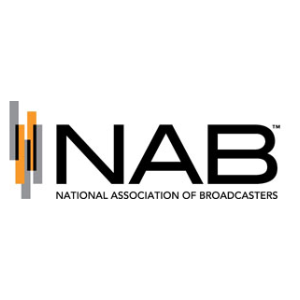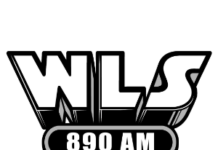
As the AM For Every Vehicle Act closes in on the majority of votes needed to pass in both the Senate and House of Representatives, the NAB is releasing a brand new report on AM radio’s importance as a cornerstone of America’s emergency communication infrastructure.
The seven-page report, titled “AM Radio is Vital to Ensuring Public Safety,” digs into the true, personal stories of how the band has saved lives across the country – from the Maui wildfires to Arkansas tornados. AM’s capacity to transmit over long distances and resilience in extreme conditions make it a reliable source for critical updates, especially when cellular and internet services fail in rural areas and in times of crisis.
When other communications fail and electricity goes out, automobiles are often the only source of power – radios with wheels for many.
The NAB report cites recent Nielsen data showing AM radio’s continued listenership, with over 82 million Americans tuning in monthly, especially for news and information. In addition, approximately 735 of the 4,500 AM stations serve niche and minority audiences, many in languages other than English. This includes nearly 440 stations with Spanish language or Latino/regional formats.
America’s Emergency Alert System is heavily reliant on Primary Entry Points, the majority of which are on AM, with direct connections to FEMA and the National Weather Service.
Recent emergencies, like the Maui wildfires and the Tubbs Fire in California, have demonstrated AM radio’s importance in providing life-saving information. The report notes how during the Maui wildfires, radio was a vital source of updates and battling misinformation when power and cellular networks were down. Similarly, during the Tubbs Fire, AM radio was crucial for keeping the community informed and connected.
The NAB also cites Radio Ink‘s interview with KWYN-AM owner Bobby Caldwell in the report. In March 2023, Wynne, AR was hit by an EF-3 tornado, but thanks to KWYN’s live coverage and warnings for the rural town, the local high school was evacuated before it was destroyed by the storm.
“We have a listener, Ronnie Moore, who left his home and was driving with KWYN on. I’ve driven with him in his truck. He always has us on. He heard Lane’s announcement about the tornado, realized it was headed for his house, and he immediately turned his truck around and went home where his wife was. They both got in the bathtub and put a mattress over the top. Their entire house and Ronnie’s truck were destroyed, but they both survived. That’s the power of AM radio,” Caldwell told Radio Ink in June, which is included in the report.
The report closes by urging the House and Senate to pass the bipartisan AM For Every Vehicle Act with a list of more than 40 major multicultural and multi-industry supporters of the bill. The legislation is currently awaiting scheduling for a vote in the Senate.
NAB President and CEO Curtis LeGeyt commented, “When disaster strikes, AM radio has proven time and again its invaluable role as a source of factual, authoritative, up-to-the-minute information that saves lives. It is also a home to a diversity of programming that is often unavailable on other mediums and particularly important to otherwise underserved communities. It is critical that Congress address the need for AM radio capability in vehicles to ensure Americans can turn to local AM stations when they need them the most.”






Very nice post on AM Radio stations. Time and again it is proved that AM radio stations play an important part in saving lives during natural calamities. Internet may fail but AM radio stations continue their services to humanity. Very nice and thoughtful post. Thank you
With the help of modern technologies (web SDRs, Radio Garden etc) I can follow much local AM broadcasting. Through many serious weather emergencies over the past few months, the syndicated stations, religious broadcasters, sports networks, rock and country stations, NPR, conservatives talk shows etc etc all carry on as if nothing is happening. Emergency use seems only to be cover up for the status quo.